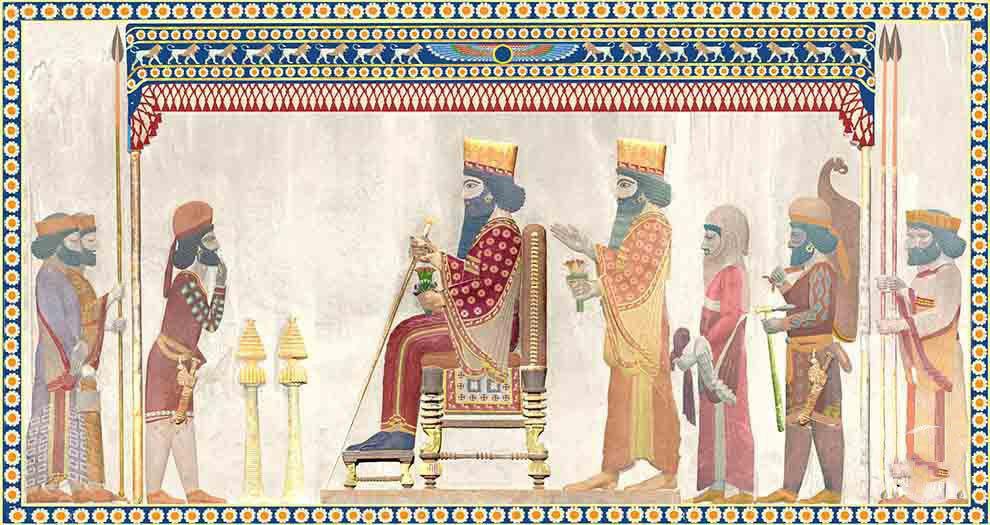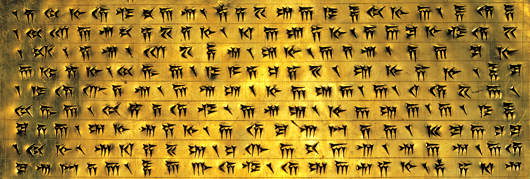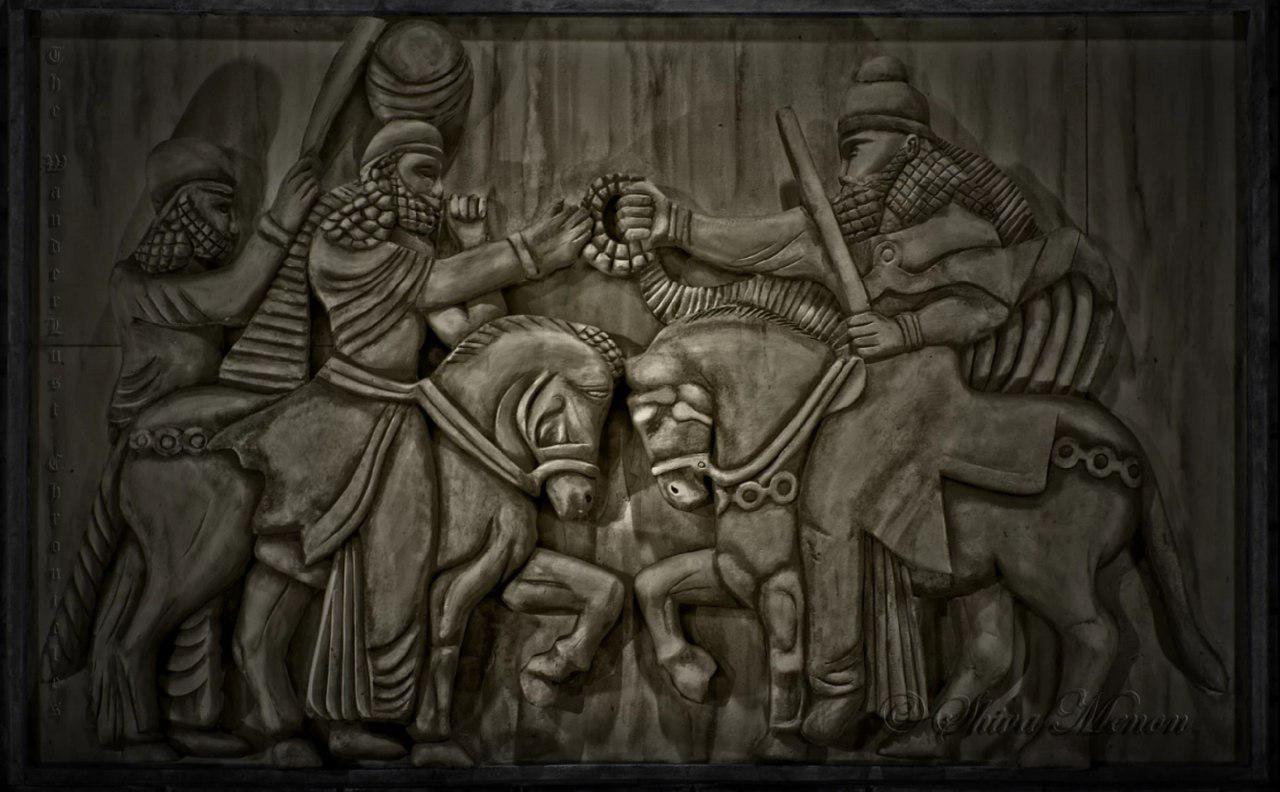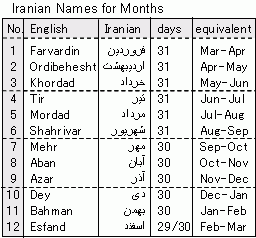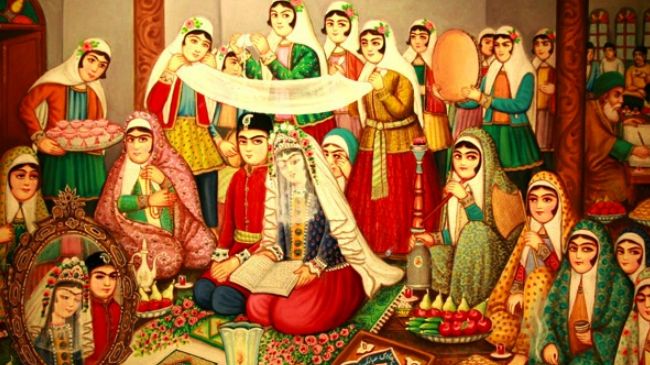Human beings are members of a whole, In creation of one essence and soul. If one member is afflicted with pain, Other members uneasy will remain. If you have no sympathy for human pain, The name of human you cannot retain. These verses by great Iranian poet Sa’di is written in entrance to the Hall of Nations of the UN building in New York. We can distinguish two periods of Persian poetry: one traditional, from the tenth to nearly mid, twentieth century; the other modernist, from about World War II to the present. Within the long period of traditional poetry, however, four periods can be traced, each marked by a distinct stylistic development. The first of these, comprising roughly the tenth to the twelfth century, is characterized by a strong and an exalted style (sabk-e fakher). One may define this style (generally known as Khorasani, from the association of most of its earlier representatives with Greater Khorasan) by its lofty diction, dignified tone, and highly literate language. The second, from the thirteenth to the fifteenth century, is marked by the prominence of lyric poetry, the consequent development of the ghazal into the most significant verse form, and the diffusion of mystical thought. Its style is generally dubbed Eraqi because of the association of some of its earlier exponents with central and western Persia (even though its two major representatives, Sadi and Hafez, were from the southern province of Fars); it is known by its lyric quality, tenderness of feeling, mellifluous meters, and the relative simplicity of its language. With Ferdowsis immortal poem, the Shah-nama, epic poetry rose to the height of its achievement almost at its beginning. Hailed as the greatest monument of Persian language and one of the major world epics, it consists of some fifty thousand couplets relating the history of the Iranian nation in myth, legend, and fact, from the beginning of the world to the fall of the Sassanian Empire. Ferdowsi, who belonged to the landed gentry (dehqan) and was well versed in Iranian cultural heritage and lore, fully understood the sense and direction of the work he was versifying. His approximately thirty years of labor produced a magnificent epic of tremendous impact. The culmination of Persian lyric poetry was reached about a hundred years after Sadi with Hafez, the most delicate and most popular of Persian poets. His ghazals are typical in their content and motifs but exceptional in their combination of noble sentiments, powerful expression elegance of diction and felicity of imagery. His world-view encompasses many Gnostic, mystical, and stoic sentiments, which were the common cultural heritage of his age.While Hafezs satirical lines against pretense and hypocrisy lend a biting edge to his lyrics, his philosophical outlook and Gnostic longings impart an exalted air of wisdom and detachment to his poems. But he is above all a poet of love who celebrates in his ghazals the glory of human beauty and the passion of love. It not only dispensed with the necessity of rhyme and consistent meter, but it also rejected the imagery of traditional poetry and departed noticeably from its mode of expression. Nima Yushij (1897-1960), the father of modernist poetry,and writing free verse. by the late 1950s it had become the dominant mode of avant-garde Persian poetry. Most of the contemporary literary movements in the West, from the Symbolist to Imagist schools, have found exponents among modernist Persian poets. In modernist poetry, all formal canons, thematic and imagistic conventions, as well as mystical dimensions of the traditional school are by and large abandoned, and the poets feel free to adapt the form of their poems to the requirements of their individual tastes and artistic outlooks.
